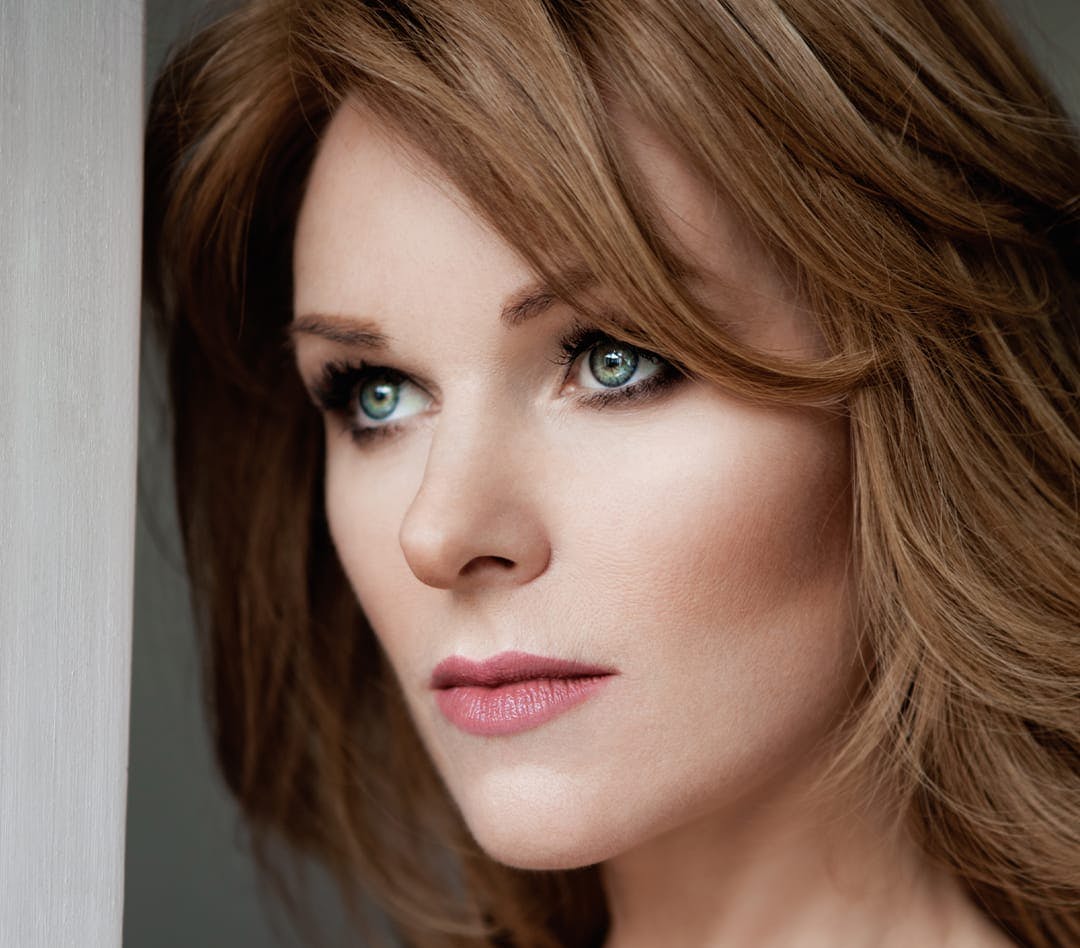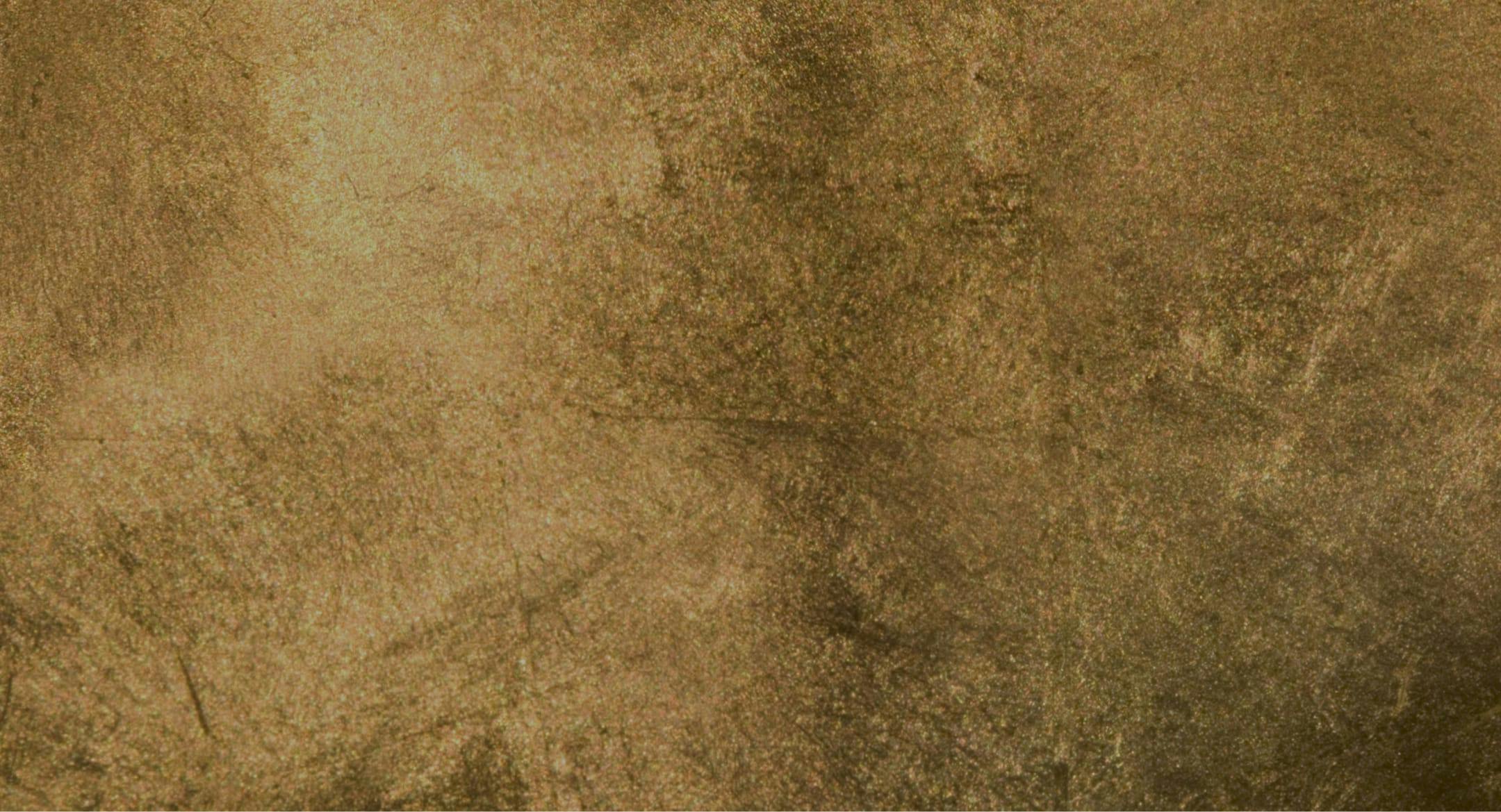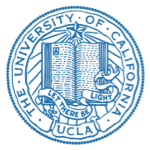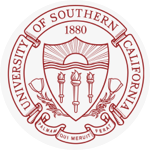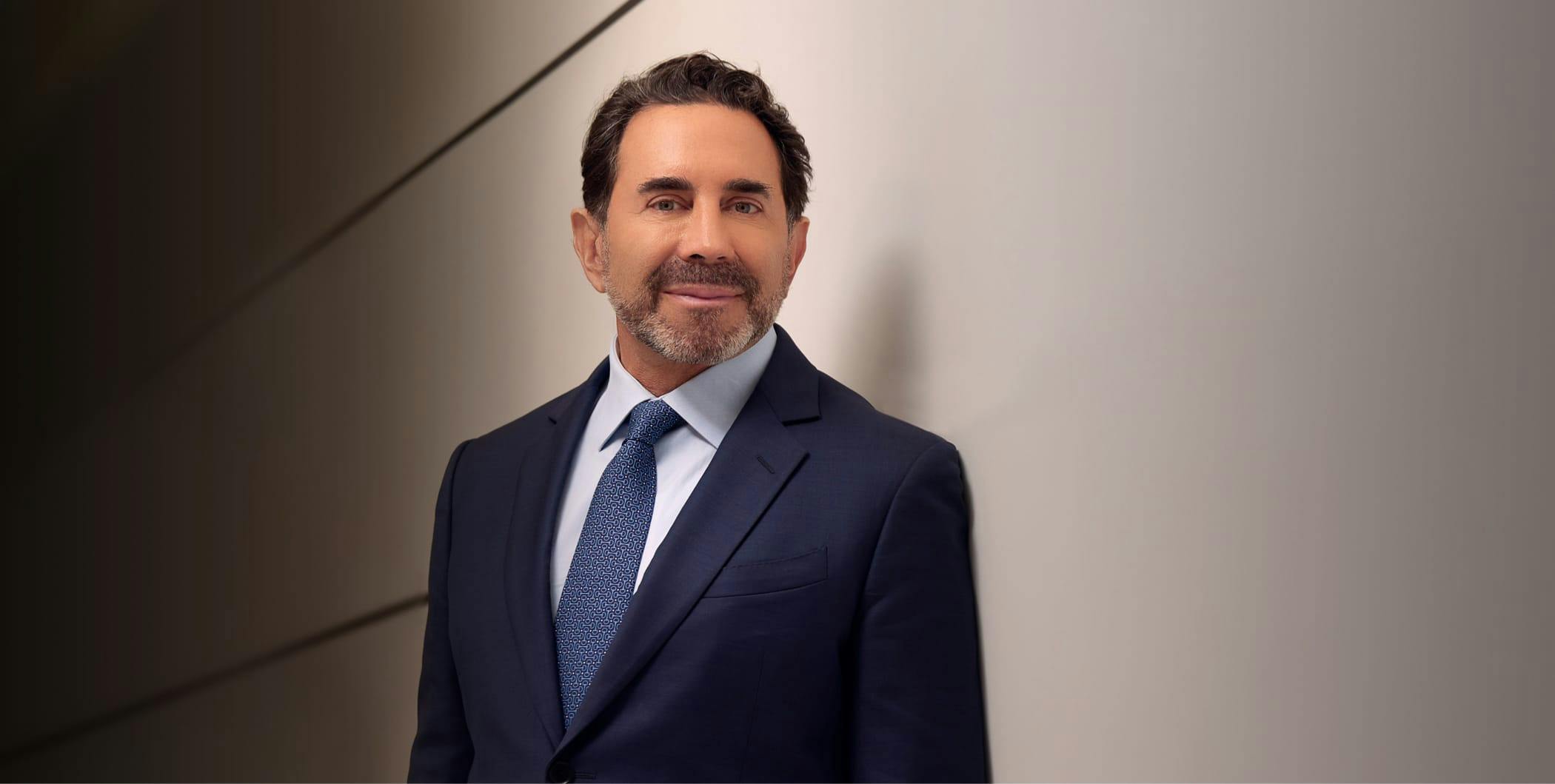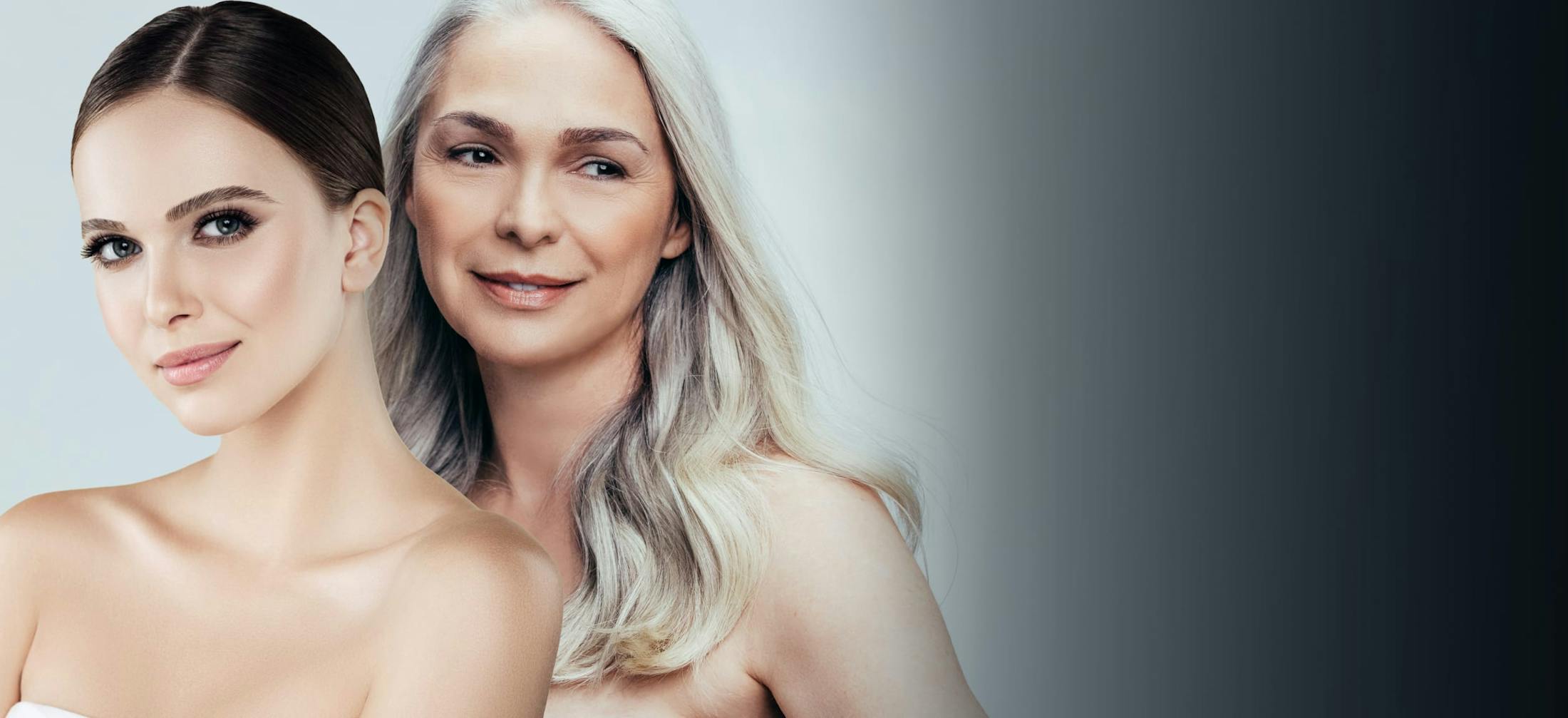Patients who are looking for a natural way to look younger need to look no further than facial fat grafting in Beverly Hills. This innovative treatment utilizes the patient’s own fat cells to reverse fat loss in the face, leaving them looking full and youthful.
Facial Fat Grafting in Los Angeles
A highly reputable name in the field of plastic surgery, NassifMD Plastic Surgery® takes pride in providing exceptional cosmetic procedures to patients in the Los Angeles and Beverly Hills regions. If you are interested in learning more about facial fat grafting and our wide array of procedures, don't hesitate to reach out to our office to arrange a consultation.


